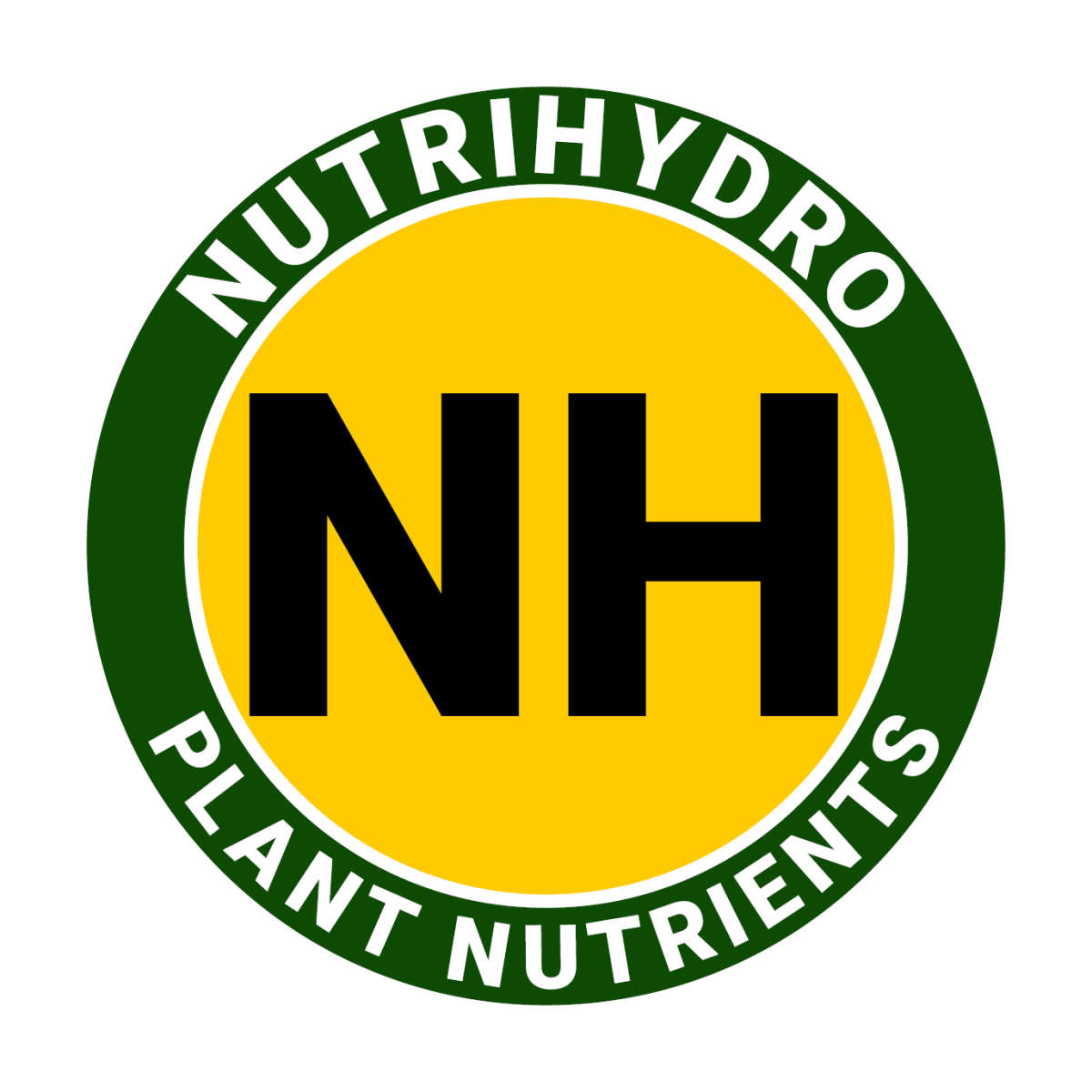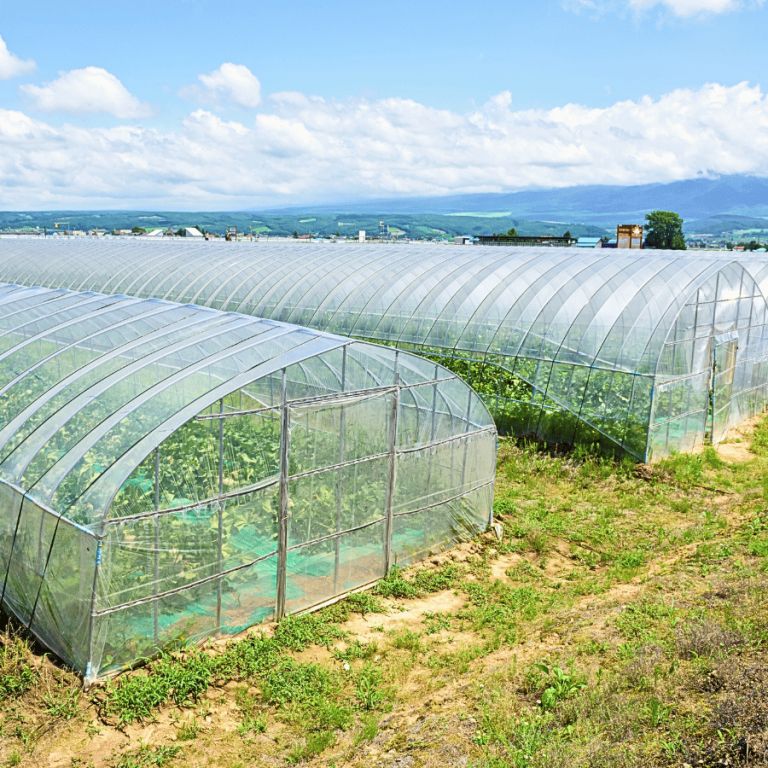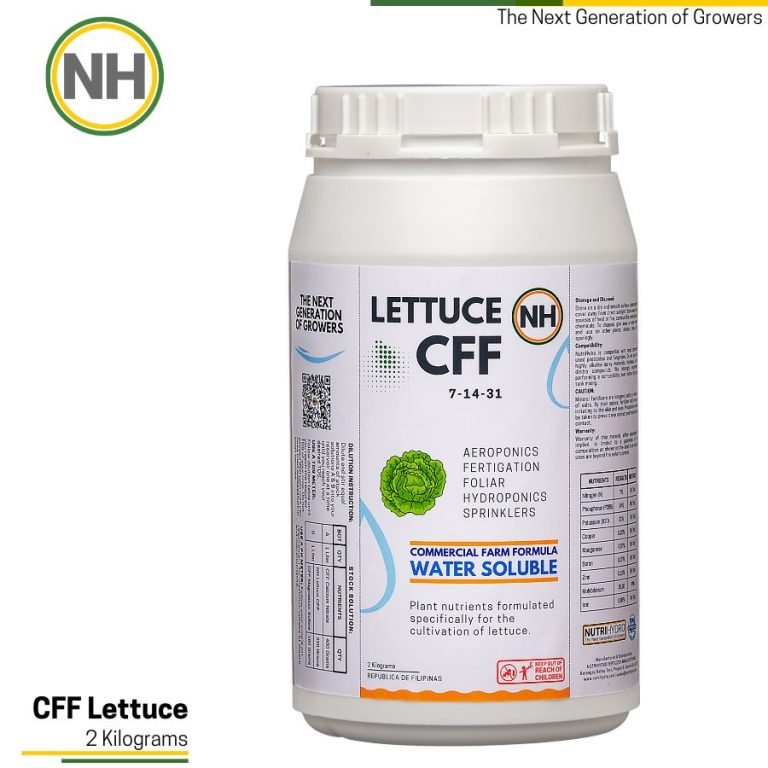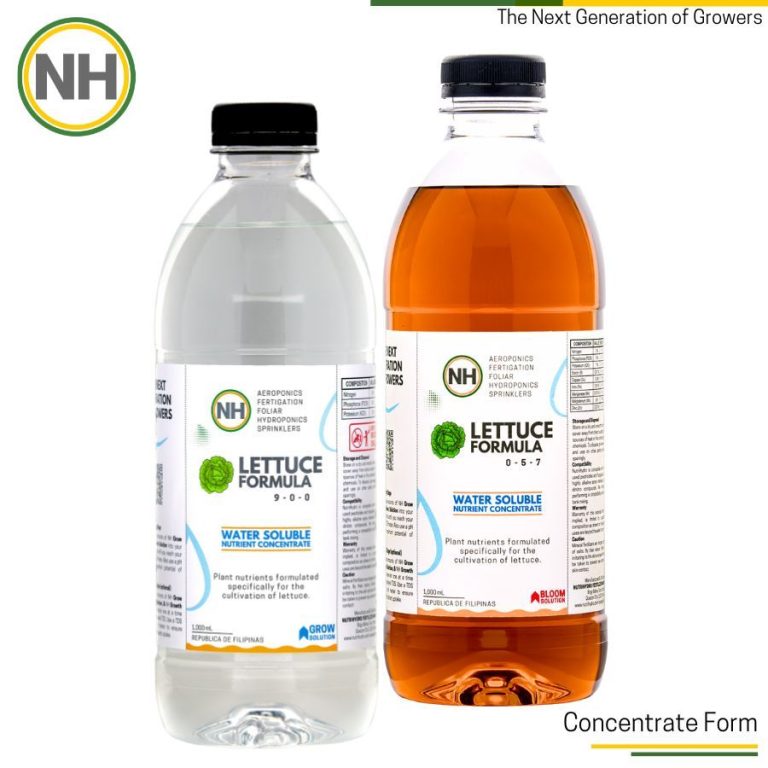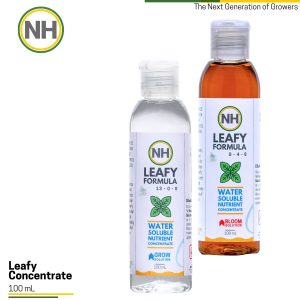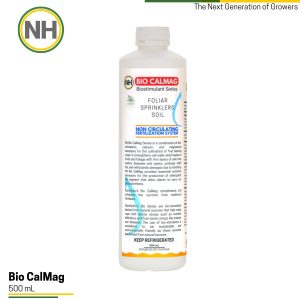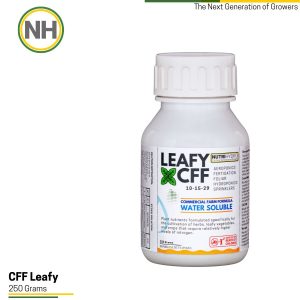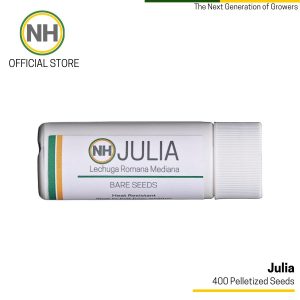
The Next
Generation of Growers
NUTRIHYDRO FRUIT BEARING FORMULA
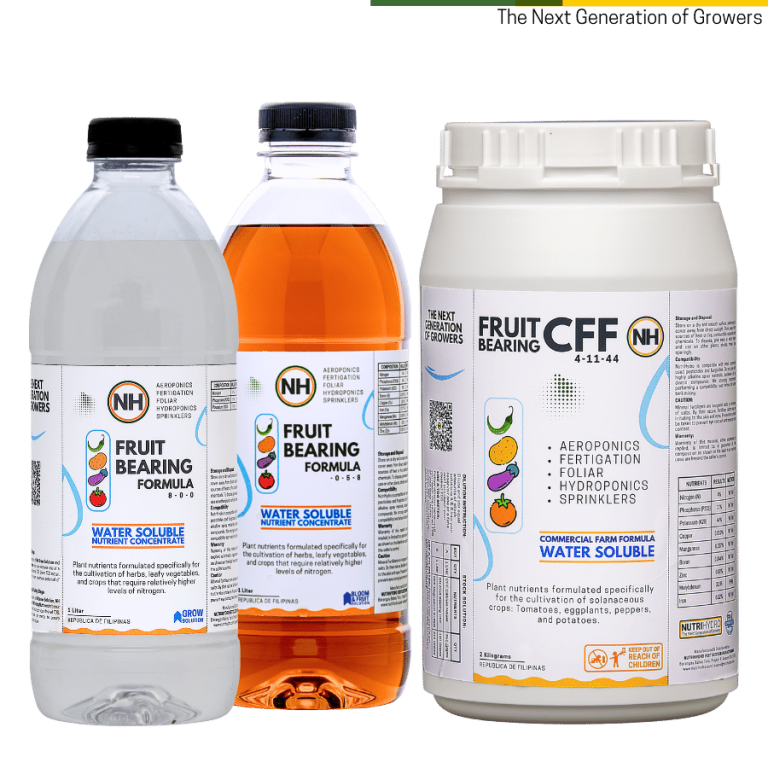
NutriHydro Fruit Bearing Formula is a comprehensive nutrient solution designed to cater specifically to the needs of solanaceous crops. NutriHydro Fruit Bearing Formula comes in 2 forms, Nutrient Solution Concentrate and Commercial Farm Formula, both crafted to nourish and promote the growth of tomatoes, eggplant, peppers, and potatoes. The key to the success of solanaceous crops lies in their nutritional needs, particularly their requirement for phosphorus and potassium. NutriHydro Fruit Bearing Formula, rich in these essential elements, provides an optimal environment for these fruit bearing crops to thrive.
NutriHydro Nutrient Solution Concentrate is perfect for those seeking convenience. To use, simply pour equal portions of Solutions A and B into water until you reach the desired Total Dissolved Solids (TDS) level. This concentrate is suitable for a variety of growing methods, including hydroponics, aeroponics, drip irrigation, foliar, and sprinklers.
On the other hand, the NutriHydro Commercial Farm Formula, also known as CFF, is a dry formulation that needs to be diluted in Solutions A and B. Once diluted, equal amounts of the solution can be added to water, with the concentration monitored by a TDS meter until the desired level is reached. This formula is ideal for commercial farming applications where large volumes of nutrient solution are required.
Each product in the NutriHydro Fruit Bearing Formula category boasts high-quality, balanced nutrients, ensuring your crops get the complete host of micronutrients they need for robust growth and prolific fruiting. By choosing NutriHydro, you are selecting a product designed to unlock the full potential of your solanaceous crops.
NutriHydro Fruit Bearing Nutrient Solution Concentrate
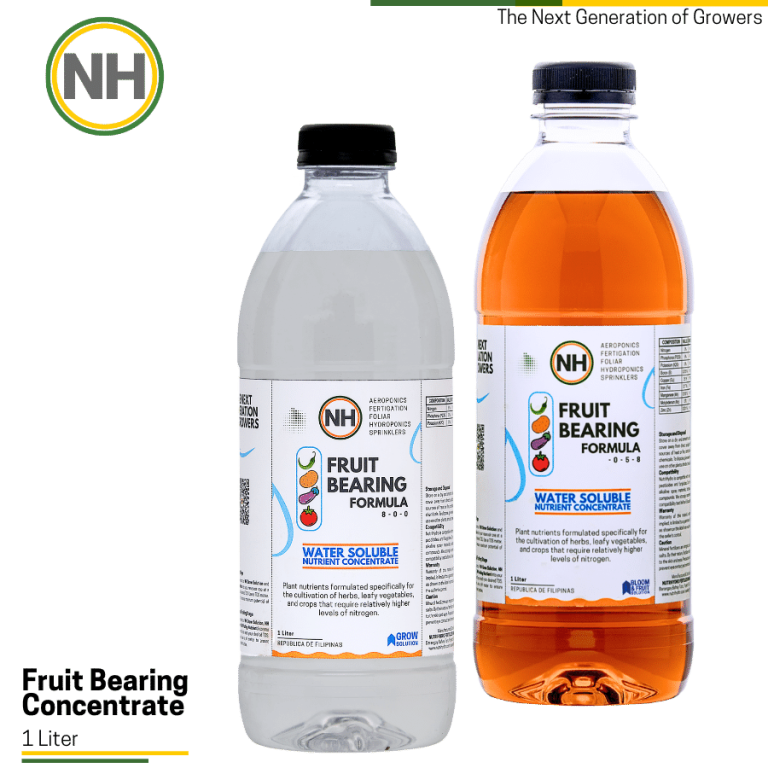
Accuracy in Nourishing Fruit Bearing Crops
The NutriHydro Fruit Bearing Nutrient Solution Concentrate is a liquid formulation specially crafted for the needs of solanaceous crops. It delivers a potent mix of high-quality, balanced nutrients, including phosphorus and potassium, vital for the thriving growth of tomatoes, eggplants, peppers, and potatoes. This formula includes a complete host of micronutrients, ensuring your crops receive the comprehensive nutrition they need.
Easy to Use: The NutriHydro Concentrate stands out for its ease of use. To prepare the nutrient solution, simply pour equal portions of Solutions A and B into water until the desired TDS level is reached. It’s that simple. No complicated measurements or calculations needed.
Versatile: This concentrate is suitable for a wide variety of growing methods, including hydroponics, aeroponics, drip irrigation, foliar, and sprinklers, making it a versatile choice for all types of growers.
Advantage over Commercial Farm Formula: The NutriHydro Concentrate offers an advantage in terms of convenience. The pre-mixed solution eliminates the need for creating a stock solution, making it an ideal choice for those seeking a simple, straightforward nutrient solution for their crops.

Time Saving
Focus on cultivation.

Consistent Formulation
NutriHydro Fruit Bearing Commercial Farm Formula
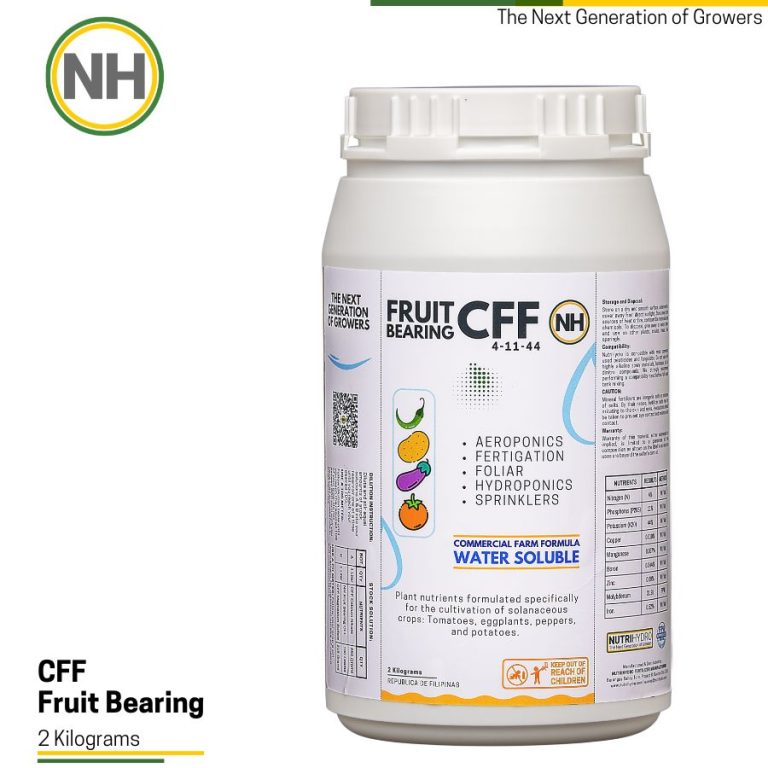
Economies of Scale in Commercial Farms
NutriHydro Fruit Bearing Commercial Farm Formula (CFF) is a dry nutrient formulation designed for commercial farming applications. Like the concentrate, it provides a balanced, high-quality mix of essential nutrients, including phosphorus and potassium, crucial for the successful growth of solanaceous crops.
Ideal for Commercial Applications: The CFF is designed to be diluted as Stock Solutions A and B. Once diluted, equal amounts of the solution can be added to water, with the concentration monitored by a TDS meter until the desired level is reached. This formula is perfect for commercial applications where large volumes of nutrient solution are required.
Economical: In its dry form, the CFF offers a more economical choice for large-scale operations. It allows for precise control over the nutrient concentration, making it an ideal choice for growers looking for a cost-effective solution.
Advantage over Nutrient Solution Concentrate: The CFF offers an advantage in terms of scalability and economy. Its dry form allows for easy storage and transportation, making it an ideal choice for large-scale operations. Furthermore, its ability to be diluted as a stock solution allows growers to adjust the nutrient concentration to the specific needs of their crops, providing greater flexibility.

Time Saving
Focus on cultivation.

Consistent Formulation
NutriHydro Fruit Bearing Commercial Farm Formula Comparative Analysis
In the world of solanaceous crop nutrition, NutriHydro offers two exceptional solutions: the NutriHydro Fruit Bearing Nutrient Solution Concentrate and the NutriHydro Fruit Bearing Commercial Farm Formula (CFF). Both products deliver the same high-quality, balanced nutrients essential for the thriving growth of your crops, but each has distinct features that set them apart, catering to the specific needs of different farming operations.
The NutriHydro Concentrate: Convenience and Versatility: The NutriHydro Concentrate is all about convenience. As a ready-to-use liquid formulation, it saves time and effort in the preparation process. Simply pour equal portions of Solutions A and B into water until the desired TDS level is reached – no fuss, no muss. This makes it an ideal choice for small-scale growers or those who prioritize ease of use.
In addition, the NutriHydro Concentrate is incredibly versatile. It is compatible with various growing methods, including hydroponics, aeroponics, drip irrigation, foliar, and sprinklers, making it a flexible solution that can adapt to a wide range of growing conditions.
The Commercial Farm Formula: Scalability and Economy: On the other hand, the NutriHydro CFF shines in large-scale, commercial settings. As a dry formulation, it is economical and easy to store and transport, making it a cost-effective solution for big operations.
The CFF is designed to be diluted in Solutions A and B, allowing growers to have full control over the nutrient concentration. This flexibility is particularly advantageous in commercial applications, where the ability to fine-tune nutrient levels can have a significant impact on crop yield and quality.
So, whether you are a home gardener seeking convenience and versatility, or a commercial grower looking for scalability and economy, NutriHydro has you covered. Both the NutriHydro Concentrate and the Commercial Farm Formula deliver the high-quality, balanced nutrients your solanaceous crops need to flourish, each in their own unique way. Choose the one that best suits your operation and watch your crops thrive.
Fruit Bearing Nutrient Calculators
Fruit Bearing nutrient calculators are available for nutrient solution concentrate and CFF . These calculators allow users to have a predetermined guide on how much nutrient to dilute in water. Do note however that the results from the calculators are a calibrated guide. Users should refer to their results from their respective TDS meters. We encourage growers to use proper and well maintained TDS meters and that the probes are replaced on a periodic schedule. At NutriHydro, we replace our probes once a year. The success of growers who use NutriHydro rely on accuracy.
NH Fruit Bearing Nutrient Solution Concentrate Calculator
NH Fruit Bearing CFF Stock Solution Calculator
Related Products

